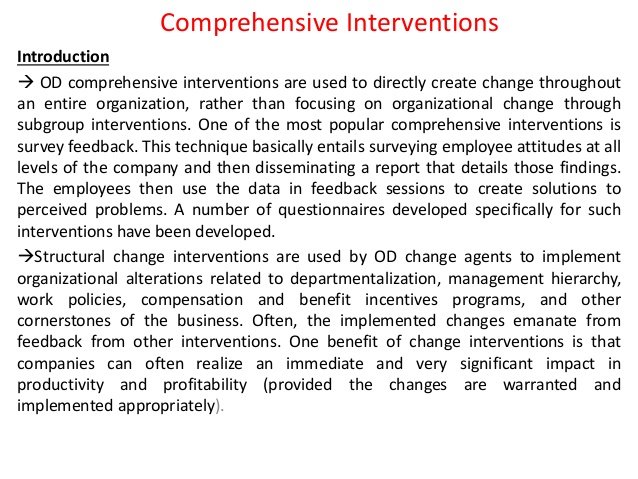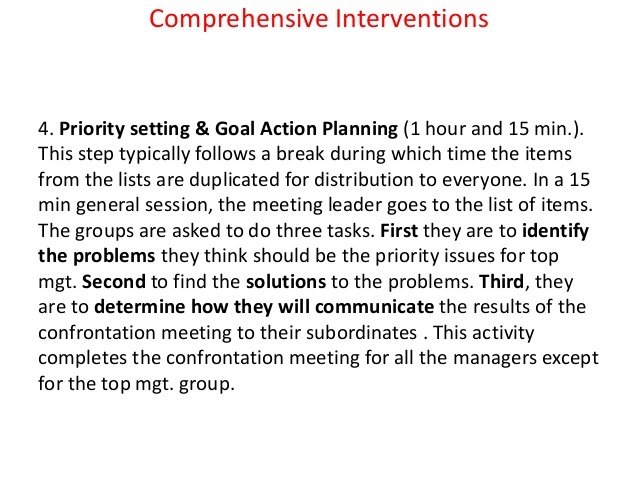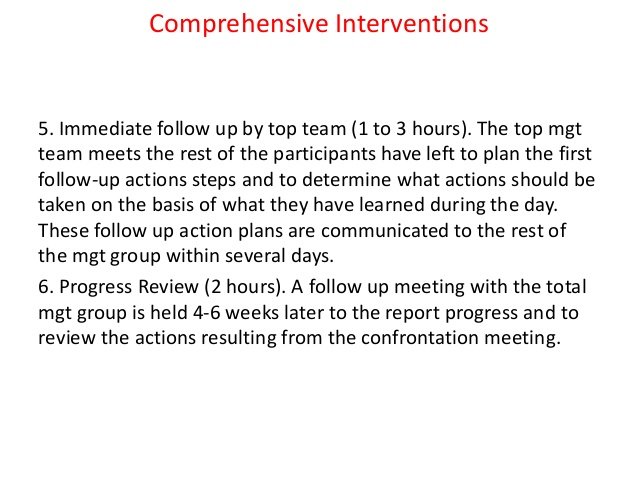The Comprehensive Intervention Model is a response to intervention approach. In 1991, Linda Dorn implemented the small-group model to support Reading Recovery teachers who worked with small groups of struggling readers in kindergarten and first grade. Dorn’s work is secured in several years of solid research and proven data.
The success of CIM is grounded in three critical areas: the specialized knowledge and expertise of reading teachers, the training and ongoing professional development that focuses on sensitive observation and flexible decision making, and the collaborative relationship between university trainers and reading teachers in the refinement of the literacy components.
The Comprehensive Intervention Model includes individual and small-group interventions that align with classroom curriculum. These include: Reading Recovery, Emergent Language and Literacy Groups, Guided Reading Plus Groups, Assisted Writing Groups, Writing Process Groups, Comprehension Focus Groups, and Comprehension Focus Groups in Content.
CIM is designed as a System Intervention in that it provides a seamless comprehensive approach to student achievement. It provides teachers with a framework for aligning and managing interventions across the school system. CIM uses a problem-solving, data-driven process for increasing literacy achievement across the school. It is based on five core principles:
- Intervene early
- Use a seamless approach
- Provide layered interventions
- Make ethical and informed decisions
- Employ a collaborative, problem-solving method.
The heartbeat of the CIM is the responsive teacher, one who understands change over time in literacy processing and is able to adjust instruction to accommodate student learning.








